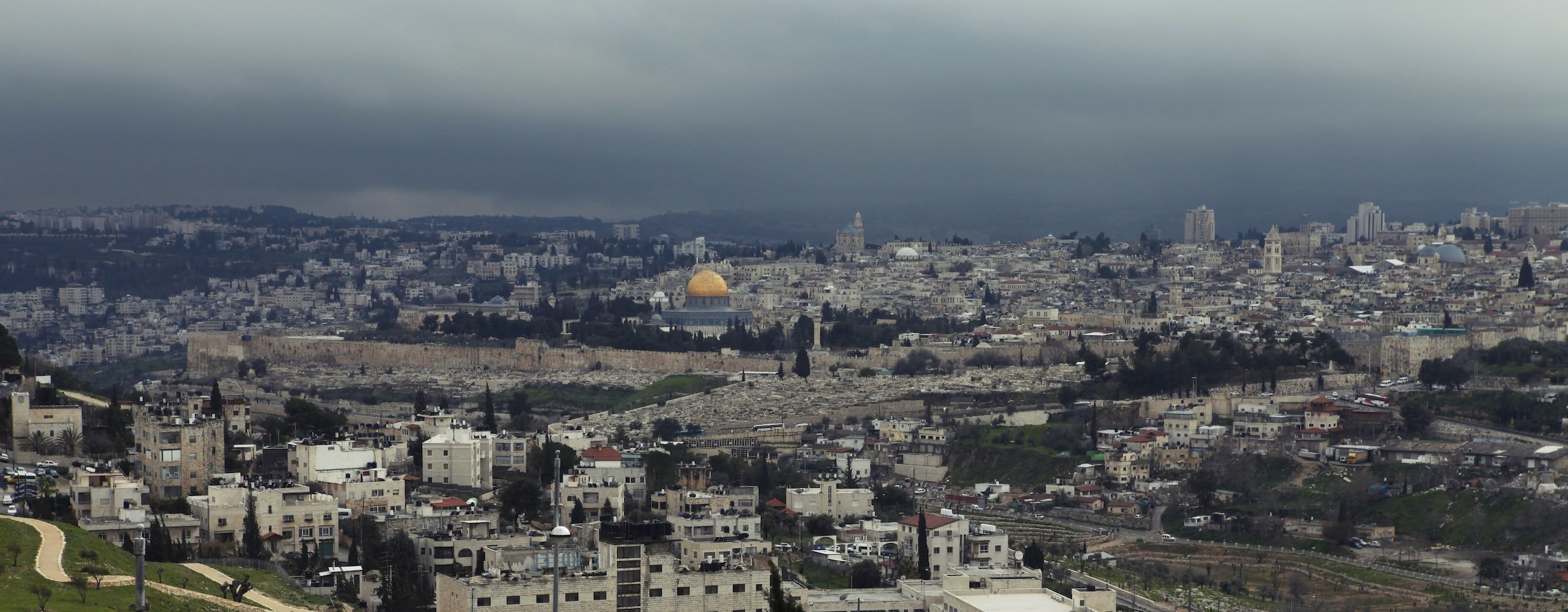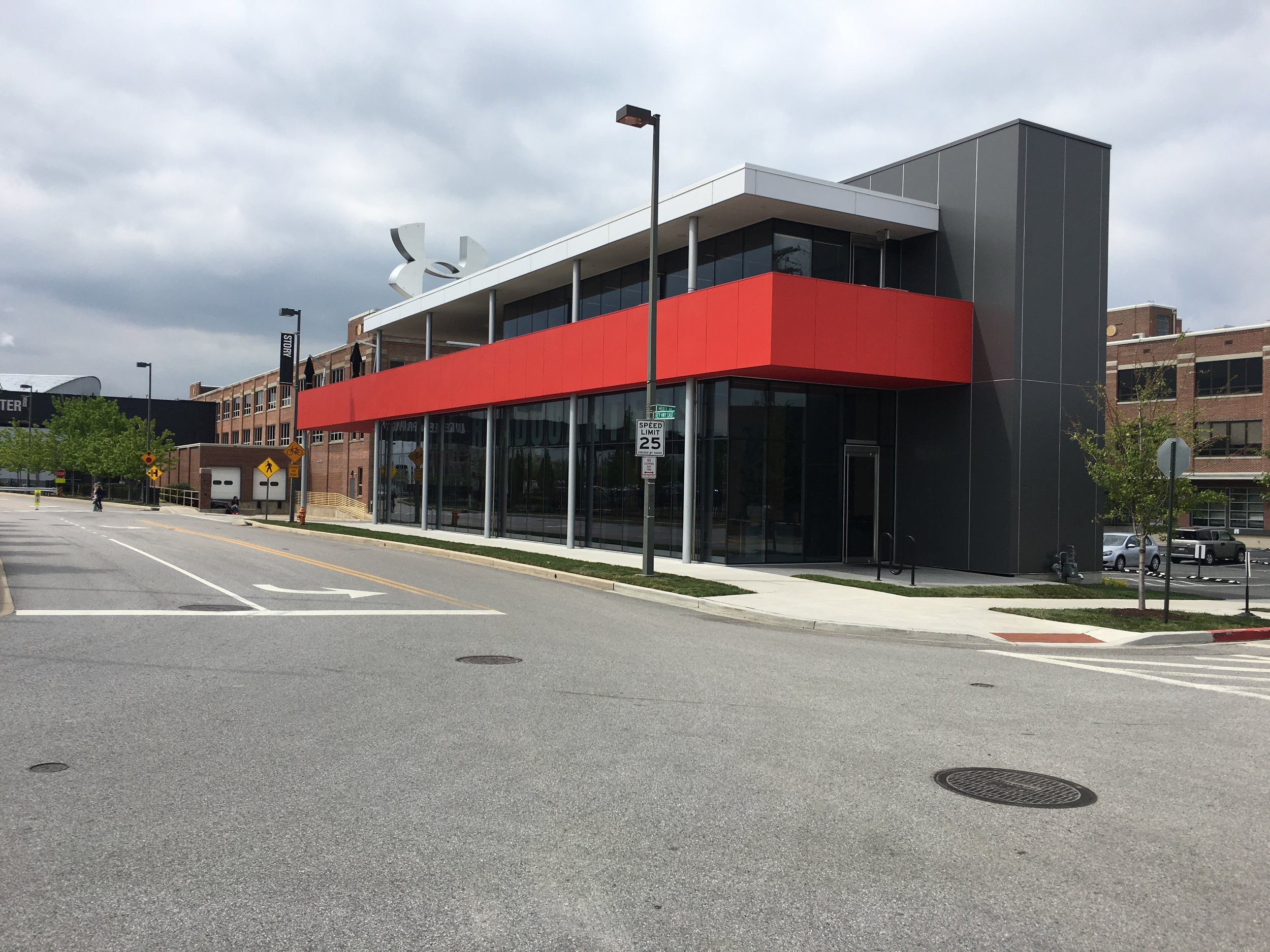
Homeowners Saying “Yes, In My Back Yard”: Evidence from Israel
What if there is a way to harness the interests of the incumbent homeowners to encourage urban development rather than prevent it? In a new article published in Urban Affairs Review – "Homeowners Saying ‘Yes, In My Back Yard’: Evidence from Israel" – I argue that NIMBYism is not the sole expression of their self-interest, or even the dominant one. In Israel a mature system for the demolition and densification of existing residential buildings has changed the preferences and behavior of many homeowners, who now can directly benefit from the upzoning of their neighborhoods through deals with developers.

Housing Vouchers Can Reduce Children’s Exposure to Neighborhood Disadvantage and Be a Tool to Reduce Racial and Ethnic Inequality in Neighborhood Attainment
American cities are heavily segregated by race and income, reflecting a legacy of racism and a housing policy heavily tilted toward White suburban homeowners. Recent research suggests that the economic impact of growing up in a poor neighborhood is significant – children can experience reduced rates of economic mobility, which reduces adult earnings and employment. For very poor children, moving to a high-opportunity neighborhood early in life can significantly affect future economic outcomes.

“Building Together” in Baltimore?
Hudson Yards in New York City. L.A. Live in Los Angeles. Penn’s Landing in Philadelphia. The Amazon HQ2 in Crystal City, Virginia. Cities in the U.S. are competing with each other for corporate investment and population growth, and mega-developments are an increasingly popular way to redevelop distressed urban areas. But can multi-million dollar mega-development projects serve as revitalization engines for cities while building partnerships and neighborhood capacities for economically struggling communities?

How Landlords of Small Rental Properties Decide Who Gets Housed and Who Gets Evicted
About half of US rental housing is held by small-scale “mom and pop” owners. These owners often have only one or two units and, historically, have rarely drawn the attention of scholars or policymakers. However recent work on eviction and the impact of the Covid-19 pandemic and eviction moratoriums on small-scale landlords have brought “mom and pop” owners into the headlines.

Revisiting Medellin’s Governance Arrangement After the Dust Settled
Emerging from the profound crises that decimated the economy and social fabric of Colombia’s second city Medellin in the period 1980-2000, a grassroots movement and a powerful corporate group (GEA) formed a governing alliance that assured the world that the city had risen from the ashes. The new millennium saw strategic signature interventions in the poorest and most violent sectors of the city which captured the attention of the world while a public-private partnership consolidated the interests of the corporate group.

Where in Los Angeles Do Homeless People Sleep?
One distinctive characteristic of homelessness in Los Angeles is its higher share of the homeless population which is unsheltered. Approximately 72% of the total homeless population in this area remains unsheltered, much higher than the national average of 35%. As a result, the Los Angeles area contains roughly a quarter of all unsheltered homeless people in the nation. The number of unsheltered homeless individuals in Los Angeles is also more than ten times that of New York City—the city with the highest homeless population in the US.

Metamorphic Metropolises
Imagine that residents of New York City awoke tomorrow to reports that the governor of New York State had authorized, without public consultation, a far-reaching change to the city’s territorial map: Brooklyn would be split into two boroughs and the Bronx would merge with newly annexed Westchester County to form a northern mega-borough. This would be huge and highly contentious news for New Yorkers, with far-reaching implications for business, housing, infrastructure, public services, and governmental operations across the metropolis.

Mapping Racial Capital
In our new UAR article, we look at race and gentrification in three Chicago neighborhoods: Garfield Park, Pilsen and Humboldt Park, where we map changes in demographics, property value, and material conditions. We know that gentrification is not always linear, and its multiple causes not universal, but enacted through urban phenomena as disparate as toxic loans, planned gallery districts, and subway restoration.

Does an Increased Share of Black Police Officers Decrease Racial Discrimination in Law Enforcement?
The police force’s discriminatory treatment toward Black residents has long been a significant social issue in the U.S. There is substantial empirical evidence showing that Black people are more likely than White people to be stopped-and-frisked and to be arrested for minor offenses. The issue of discriminatory policing has become more publicly salient over the last few years following several high-profile police-involved deaths of Black residents.

Neighborhood-Based Business Improvement Districts (BIDs)
In September 2020, the Swedish government commissioned the National Board of Housing, Building and Planning to “review any obstacles for using the BID method” to help address socio-economic exclusion in struggling urban areas. Stressing BIDs’ putative success in dealing with similar issues in other parts of the world, the government has argued that coalitions of local property owners, together with residents and public actors, could help “lift” socio-economically challenged neighborhoods out of poverty through real estate investments, crime prevention, and security measures.

Beyond Urban Displacement: Suburban Poverty and Eviction
Eviction is often seen as a city problem. We tend to think of the eviction crisis as playing out in urban neighborhoods, both in high-poverty places where eviction is a constant threat and in gentrifying neighborhoods where long-term residents may be at growing risk of being forced out. This overlooks what's going on outside of inner cities, leaving us blind to eviction patterns in suburban areas.

Neighborhood Economic Change in an Era of Metropolitan Divergence
Why do some neighborhoods change rapidly in race and class composition, while others do not? Despite a growing consensus among scholars that neighborhood sociodemographics shape residents’ life chances and societal inequities, the key drivers of neighborhood change – especially gentrification – remain hotly contested. Most research examines salient neighborhood characteristics rather than metropolitan area characteristics, precluding a complete picture of neighborhood change from emerging.

Examining the Dynamics Between Formal and Informal Institutions in Progressive City Planning
Urban public space serves a myriad of social, economic, civic, and environmental functions that ultimately play an important role in improving our quality of life. Uses range from protest and engagement with the state to the manifestation of cultural expressions, and from commercial and livelihood ends to exercise and recreation. Despite its benefits, the conservation and creation of public space can be a challenge in cities with growing populations, little land for expansion due to geographical or administrative boundaries, and tight land markets.

Jurisdictional Size and Residential Development
Our article in Urban Affairs Review examines data for thousands of U.S. census tracts to assess whether the population size of local jurisdictions matters for the magnitude of change in multifamily housing units. Multifamily housing is an especially policy-relevant topic, as recent years have seen escalating concern over high housing costs, stunted socioeconomic mobility, and lengthy commute times, especially in the nation’s most job-rich metro areas.

When Agency Challenges Structure
Running for political office is a demanding and complicated affair. Aspirants must navigate convoluted social and political structures in order to decide if they wish and feasibly can launch their candidacies. Further, they have an endless number of choices to make relating to the management of their campaigns: which issues to champion, which groups and segments of society to appeal to, how to shape the narrative about the issues confronting their electoral jurisdictions, and how to portray themselves as the right person to resolve those challenges, among many others.

Progressive Urbanism in Small Towns
Progressive politics is increasingly thought of in terms of cities. They were nodes of resistance to Trumpism in the USA and are centers of a new municipalist movement. In response, there has been growing interest in developing progressive urban policy agendas drawing on examples across a range of cities. But what is it about the urban that drives progressive political projects? And might there be differences between larger and smaller urban areas?

The End of the Right to the City
Social and material conditions in cities around the world are deeply unjust. Increasing material inequalities, social exclusion, hierarchy and domination face urban inhabitants in many settings. In response to these realities, the ‘right to the city’ (RTTC) has become a concept that is widely used by those who seek to build more just and inclusive cities. The RTTC frames the goals of urban advocacy groups around the world, the policy objectives of international organizations, and even makes an appearance in a piece of national legislation in Brazil.

Staying Afloat
or many coastal communities, there is no escaping the realities of sea level rise (SLR) because they already experience visible disruptions from it, ranging from nuisance flooding to enhanced storm surge. However, bigger problems lie down the road. Critical Infrastructure that provides water supply, wastewater treatment, control of stormwater runoff, and transportation are recognized as vulnerable to SLR and intensification of existing flooding hazards .

You Won't be My Neighbor
The 1926 Supreme Court decision Euclid v. Ambler upheld the right of cities to use their police powers to regulate how and where development would occur within their borders. In his opinion, Justice Sutherland famously described the apartment house as, “often a mere parasite, constructed in order to take advantage of the open spaces and attractive surroundings created by the residential character of the district.”

Business Improvement Districts (BIDs) in Philadelphia and their Potential as Regional Actors
Business improvement districts (BIDs) are special service and assessment districts that typically cover territories as large as the downtown of a central city or as small as the commercial corridor of an outlying neighborhood. These organizations typically collect mandatory fees – assessments – from property owners within their areas to fund projects and provide services such as cleaning streets, providing security, installing streetscape improvements, and marketing the area.